Unexpected events such as natural disasters, power outages, or other crises underscore the necessity of being well-prepared. One of the primary concerns during these emergencies is ensuring a consistent food supply. An understanding of how to properly store food can be invaluable, ensuring that individuals and families have access to nutritious meals even when external resources become scarce. This guide aims to shed light on the essentials of storing food for emergency situations, starting with understanding the nature of these emergencies and progressing to the basics of efficient food storage.
Contents
Understanding Emergency Situations

Natural disasters like hurricanes, earthquakes, or floods can disrupt daily life, affecting access to basic necessities. Apart from natural disasters, situations like economic downturns or extended power outages can also lead to food shortages or limited access to fresh produce. Knowing what defines an emergency helps in better preparing for the potential food challenges that may arise.
A common misconception is that emergencies are always sudden, giving no time for preparation. While some events are unpredictable, many situations, like looming storms or economic downturns, provide some warning signs. Recognizing these signs and understanding the type of emergency allows for targeted preparation, ensuring that the food stocked aligns with the potential challenges of that specific emergency.
Fundamentals Of Food Storage
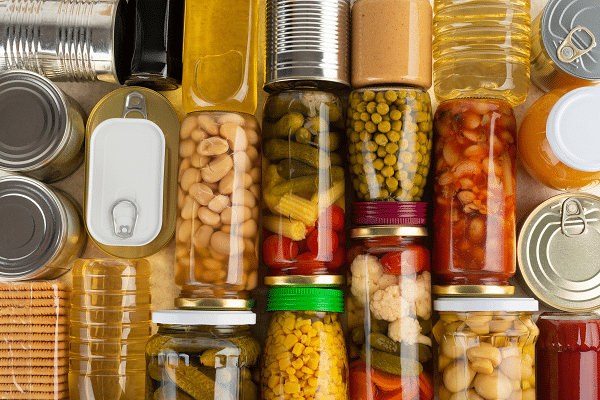
Storing food is not just about having a supply; it’s about maintaining the quality, freshness, and nutritional value of the items stored. Choosing the appropriate storage location, away from direct sunlight and in cool, dry places, can significantly enhance the longevity of food items. Moreover, the right containers, preferably airtight and made of food-safe materials, can protect contents from external contaminants.
Beyond the physical aspects of storage, there are practices that streamline the process. Rotating stock ensures that items are consumed before they go bad, while clear labeling with dates of purchase or expiration prevents waste and ensures safety. Keeping an organized inventory aids in understanding what is available and what might be needed, ensuring a balanced and varied food supply during emergencies.
Choosing Long-Lasting Foods
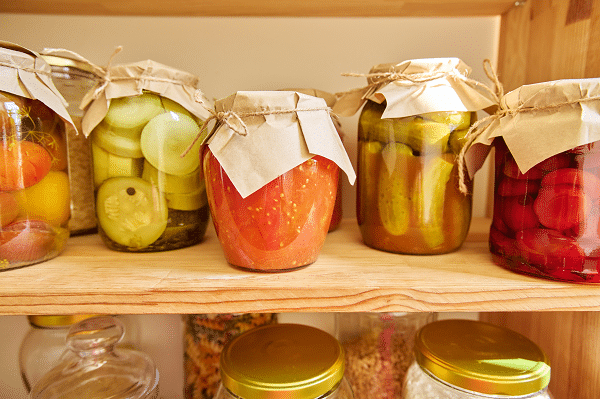
One of the primary considerations when preparing for emergencies is the selection of foods that possess long shelf lives. Grains such as rice, quinoa, and oats, for instance, can be stored for extended periods without losing their nutritional integrity. Likewise, canned goods, from vegetables and fruits to beans and soups, offer both durability and variety, making them invaluable additions to any emergency food supply.
Another category to consider is dried foods. Items like dried fruits, lentils, and pasta can remain viable for months or even years if stored correctly. Additionally, vacuum-sealed foods and freeze-dried meals, often found in camping sections of stores, provide convenient, nutritious options that require minimal preparation. These foods not only ensure sustenance during crises but also contribute to a balanced diet, which is crucial for maintaining health and energy levels during challenging times.
Safe Storage Of Perishable Items
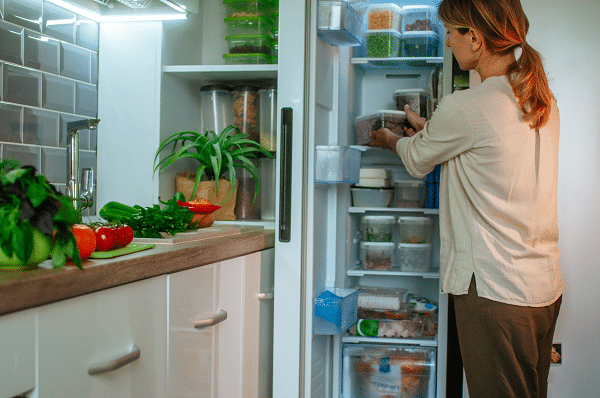
Despite their shorter shelf lives, perishable items can still play a vital role in an emergency food supply. For instance, many dairy products, meats, and select vegetables can be frozen, extending their usability far beyond their typical expiration dates. When using a freezer, it’s essential to ensure that the appliance maintains a consistent temperature and that foods are packaged securely to prevent freezer burn.
While freezing is one solution, there are other methods to prolong the life of perishables. Canning, for example, can preserve fruits, vegetables, and meats for extended periods. Pickling and fermenting also act as preservatives, transforming perishable items into longer-lasting foods. Each method has its benefits and techniques, but they all serve the primary purpose of enhancing the longevity of foods that would otherwise spoil quickly.
Water: The Overlooked Essential
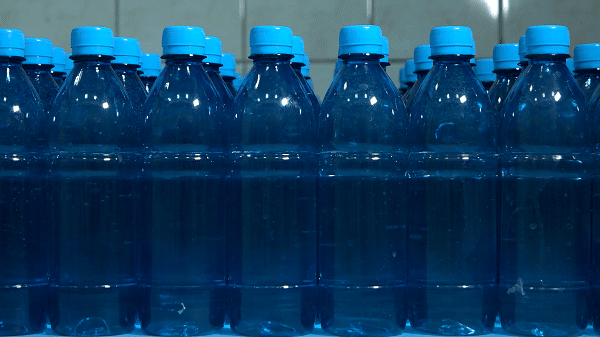
Water, often taken for granted, becomes a critical resource during emergencies. A person can survive without food for several weeks, but only a few days without water. For this reason, storing ample water should be a top priority. When setting aside water for emergencies, it’s crucial to use clean, food-safe containers and to store them away from chemicals or contaminants to ensure purity.
While many focus solely on drinking water, it’s equally vital to consider water for other purposes, such as cooking or hygiene. Boiling and purifying methods can help make questionable water sources safe for consumption. Additionally, investing in water purification tablets or portable filters can be a lifesaver, especially when the primary water supply becomes compromised. It’s also worth noting the importance of routinely checking stored water and rotating it to ensure freshness and safety.
Protecting Your Food Stash
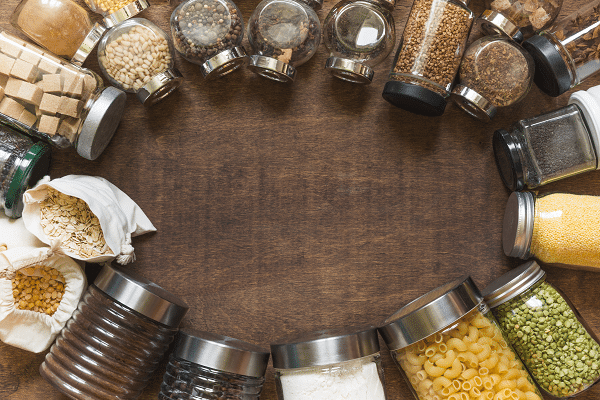
Ensuring the longevity and usability of an emergency food stash goes beyond just the initial storage. Pests, including rodents and insects, can pose significant threats to food supplies. Investing in durable, airtight containers, and keeping the storage area clean can deter these unwelcome guests. It’s also essential to check stored food routinely for any signs of contamination or infestation to handle any issues promptly.
External factors such as moisture and temperature fluctuations can also impact food quality. Silica gel packets or desiccant canisters can help maintain dryness within storage areas, especially in humid climates. Storing food in a consistent, cool environment, away from direct sunlight or heat sources, can further preserve the nutritional value and taste of stored items, ensuring they remain viable when needed most.
Planning And Practice: Making A Mock Emergency

Preparation for emergencies extends beyond merely storing items. Running a mock emergency scenario can provide invaluable insights into the actual usability and sufficiency of the stored resources. During this test run, relying solely on the stored food and water for a set duration can spotlight gaps in the food storage plan or areas for improvement.
A mock emergency can also shed light on the practicality of meal preparation with limited resources. Evaluating the ease of accessing items, the variety of meals that can be made, and the nutritional balance of those meals can lead to adjustments that ensure a smoother experience during a real crisis. It’s an opportunity to refine strategies and foster confidence in one’s preparedness efforts.
The Bottom Line
Being prepared for emergency situations provides not just physical sustenance but also peace of mind. Properly stored food and water, protected from pests and external factors, become a beacon of hope and reassurance during challenging times. Regular checks, combined with mock emergency scenarios, can fine-tune preparedness plans, making them more effective and reliable. In the end, the effort invested in preparing today can significantly mitigate the uncertainties and hardships of tomorrow.



